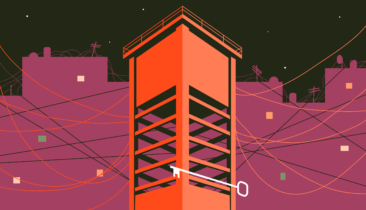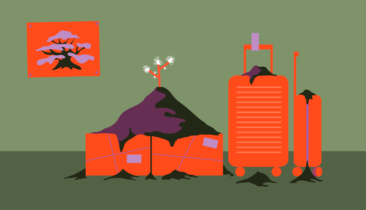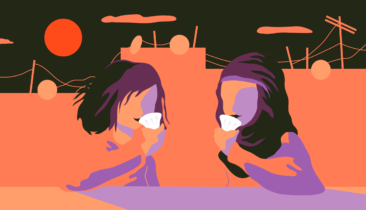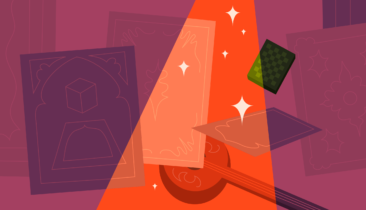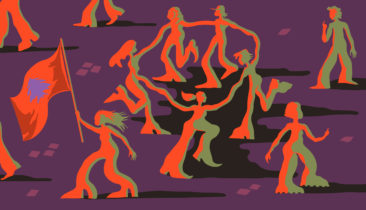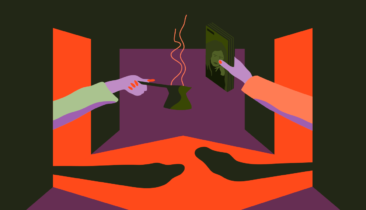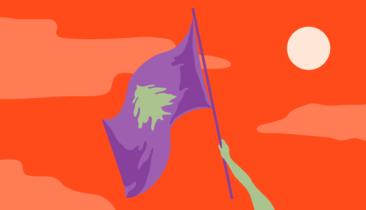series

A neighbour, a person living by our side. We may differ in manners and ideas of how things should be done, but we will always stay closely connected.
Wherever we are in the world – home or away, in the place we were born or somewhere else – there will always be someone next door. A neighbour, a person living by our side. We may differ in manners and ideas of how things should be done, but we will remain closely connected – because borders and walls, bushes and fences from metal or wood, connect us more than keep us apart.
Lebanon, bordered on one side by the Mediterranean and on the others by olive, orange and wheat fields, may have complicated, if not outright thorny, official relations with its neighbours today. But the relationships nurtured by people are different. By their very essence they traverse borders, and connect what is on one side with the other.
There is also a distinct neighbourly culture within Lebanon, which connects people living in the same street or building: a culture of chatting, sharing and helping one another. Some might argue that this is fading away with time; that close neighbourly relations are something of the past. Either way, there seems to be an inherent nostalgia associated with the concept of neighbours, and we are interested in finding out its current relevance.
The seven stories in this series on Neighbours, all written or produced by former participants to our workshops on journalism and writing, set out to do that.
First out is the tender memory of Sarah Khazem of early morning rituals with a temporary next-door neighbour; following that is Abby Sewell’s conversations with Syrian activists on the revolutionary events in Lebanon. Layla Yammine’s meeting with an antiques dealer in Beirut’s Basta neighbourhood comes third; fourth is Andrea Olea’s notes of kitchen conversations with two Palestinian friends.
Hamoud Mjeidel then takes us to the families residing in Umm Ali’s building in Shatila, and Ghadir Hamadi invites us to hear her family history spanning Lebanon and the Gulf. Rayan Sukkar and Samih Mahmoud, finally, brings us voices from those who may be considered neighbours of the ongoing Lebanese uprising.






